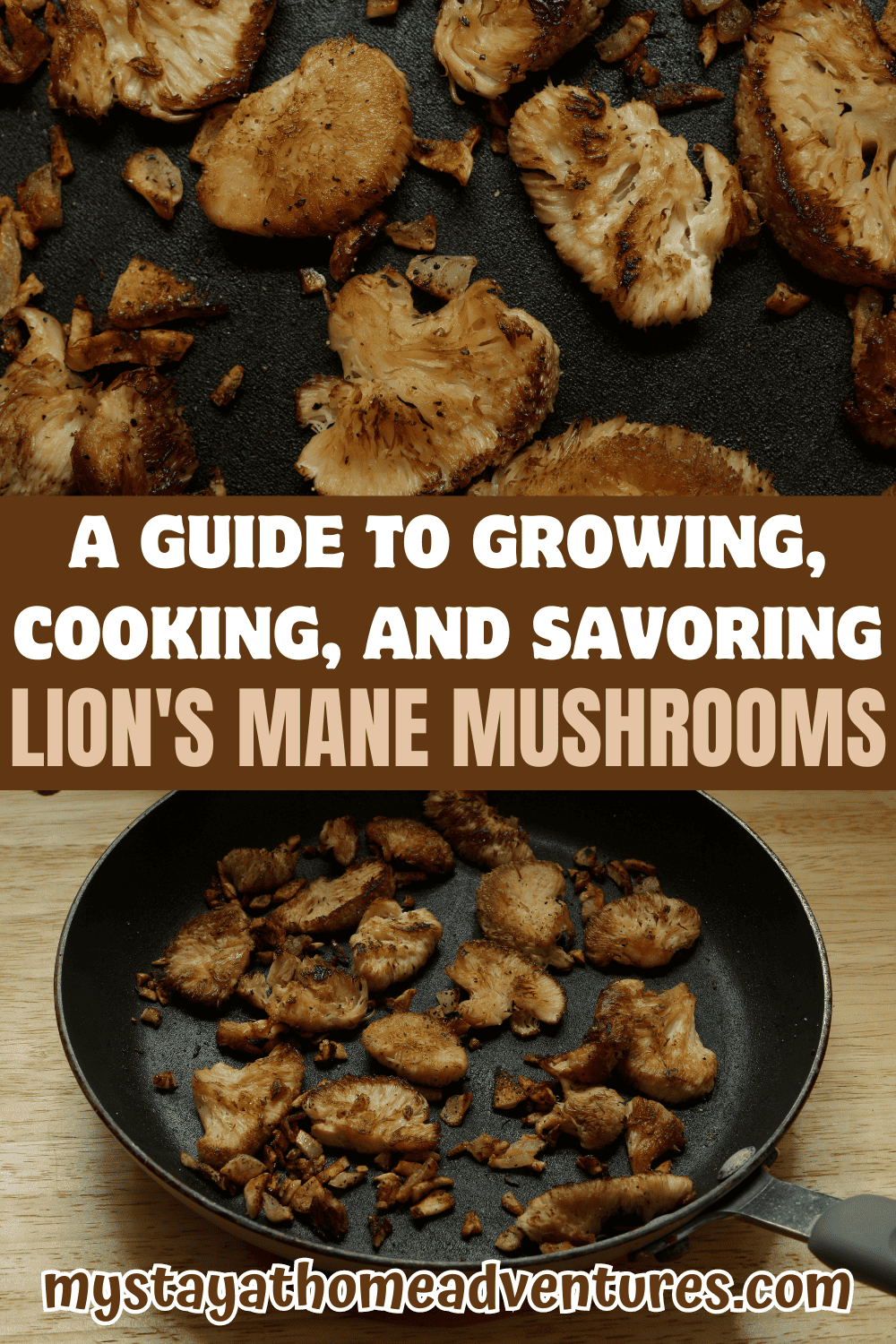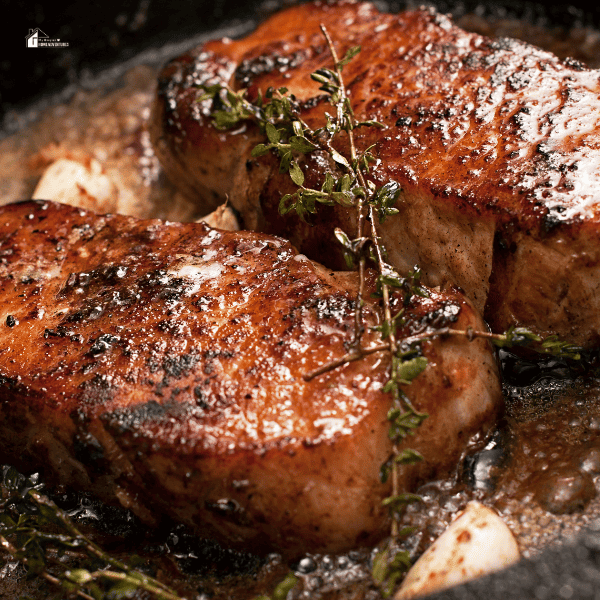A Guide to Growing, Cooking, and Savoring Lion’s Mane Mushrooms
This post may contain affiliate links which might earn us money. Please read my Disclosure and Privacy policies hereWelcome to the captivating world of Lion's Mane mushrooms, where culinary delight meets potential health benefits. In this comprehensive guide tailored for frugal moms, we'll embark on a journey through the cultivation, medicinal properties, and culinary wonders of Lion's Mane mushrooms. From growing your own crop to indulging in budget-friendly recipes, discover the extraordinary potential of this remarkable fungus without breaking the bank.
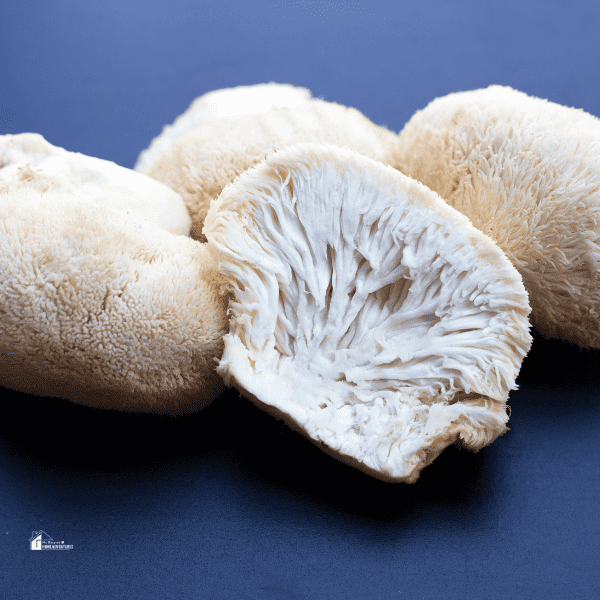
Cultivating Lion's Mane Mushrooms:
Unveiling the Lion's Mane Mushroom:
Lion's Mane mushrooms, scientifically known as Hericium erinaceus, boast a striking appearance resembling cascading icicles or the majestic mane of a lion. Begin by introducing readers to this captivating fungus, highlighting its unique features and growing conditions.
Choosing Your Cultivation Method:
When it comes to cultivating Lion's Mane mushrooms, frugal moms have several options to consider. Each method has its own set of advantages and challenges, making it essential to weigh your priorities and resources before deciding on the best approach for your needs. Here's a breakdown of the available cultivation methods, along with a pros and cons list for each:
Growing Kits:
Growing kits offer a convenient and beginner-friendly way to start cultivating Lion's Mane mushrooms. These kits typically include a pre-inoculated substrate or growing medium, along with instructions for setup and care. For frugal moms seeking simplicity and minimal upfront investment, growing kits can be an attractive option.
Pros:
- Convenient and user-friendly, ideal for beginners with limited experience.
- Often, it comes with everything you need to get started, reducing the need for additional supplies.
- Can be used indoors, making them suitable for small spaces or urban environments.
Cons:
- Limited control over growing conditions, which may affect yield and quality.
- Relatively higher cost compared to other cultivation methods in the long run.
- It may produce smaller yields compared to more traditional methods like outdoor log cultivation.
Indoor Cultivation:
Indoor cultivation involves growing Lion's Mane mushrooms in controlled indoor environments, such as a greenhouse, basement, or even a dedicated grow tent. This method allows for greater control over environmental factors like temperature, humidity, and lighting, making it suitable for frugal moms who want to optimize growing conditions.
Pros:
- Greater control over environmental factors, resulting in potentially higher yields and better quality mushrooms.
- It can be done year-round regardless of outdoor weather conditions.
- Offers flexibility in terms of location and space requirements.
Cons:
- Requires investment in equipment such as grow lights, humidity controllers, and temperature monitors.
- It may involve a steeper learning curve than growing kits, requiring more time and effort to set up and maintain.
- Higher upfront costs associated with equipment and supplies.
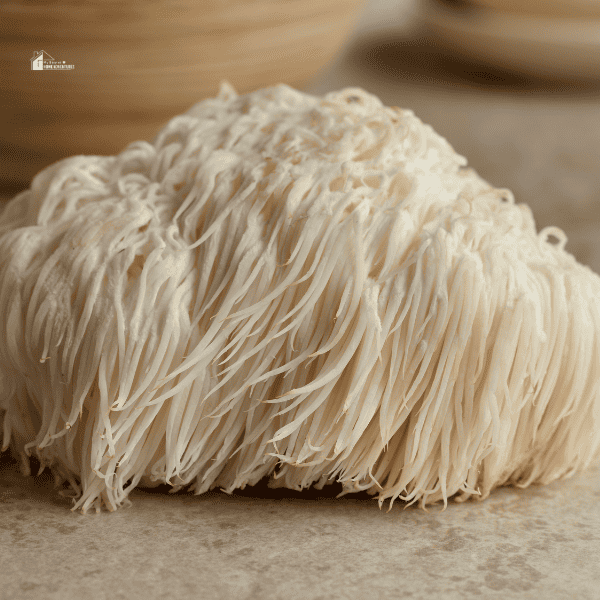
Outdoor Logs:
Outdoor log cultivation involves inoculating logs or stumps with Lion's Mane mushroom spawn and allowing them to grow naturally outdoors. This method mimics the mushroom's natural habitat and can produce robust crop yields over time. For frugal moms with access to outdoor space and a willingness to invest in long-term cultivation, outdoor logs offer a sustainable and cost-effective option.
Pros:
- Low initial investment, as logs can often be sourced for free or at a minimal cost.
- Mimics the natural growing conditions of Lion's Mane mushrooms, resulting in potentially higher yields and better quality mushrooms.
- Sustainable and environmentally friendly, utilizing natural resources and promoting biodiversity.
Cons:
- Longer wait time for mushrooms to mature, typically ranging from several months to over a year.
- Susceptible to weather and environmental factors, which may affect mushroom growth and yield.
- Requires outdoor space and ongoing maintenance, including monitoring for pests and diseases.
By carefully considering the advantages and challenges of each cultivation method, frugal moms can make an informed decision based on their budget, space, and level of expertise.
Whether opting for the convenience of growing kits, the control of indoor cultivation, or the sustainability of outdoor logs, cultivating Lion's Mane mushrooms at home offers a rewarding and budget-friendly way to enjoy this extraordinary fungus.
Creating the Optimal Growing Environment:
Dive into the essential elements of creating a conducive environment for Lion's Mane mushroom cultivation. From selecting appropriate substrates like sawdust or straw to maintaining optimal humidity and temperature levels, provide practical tips for success.
Nurturing Your Mushroom Crop:
Guide readers through the care routine necessary for nurturing healthy Lion's Mane mushrooms. Cover watering schedules, pest and disease management, and troubleshooting common issues to ensure a thriving harvest.
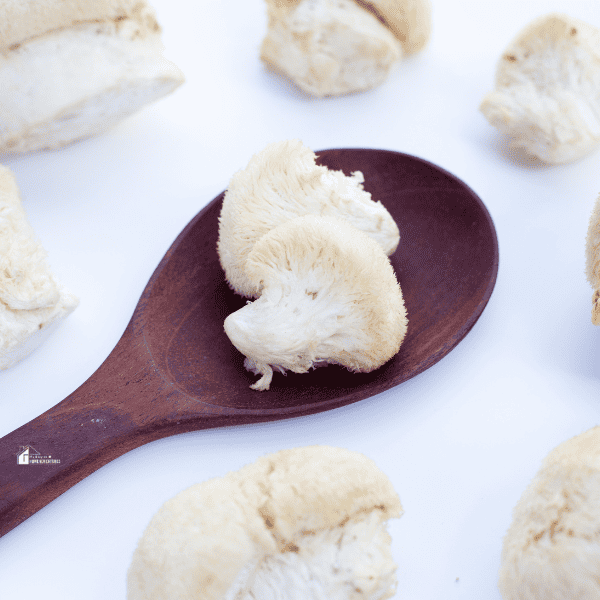
Unlocking the Mysteries of Lion's Mane Mushrooms:
Lion's Mane mushrooms, scientifically known as Hericium erinaceus, boast a distinctive appearance reminiscent of a lion's mane, hence their name. Native to North America, Europe, and Asia, these mushrooms have a long history of medicinal use in traditional Chinese and Japanese medicine, revered for their potential to support brain health and cognitive function.
Recent scientific studies have further validated their therapeutic properties, highlighting their role in promoting nerve regeneration and boosting immunity.
Understanding the Benefits of Lion's Mane Mushrooms:
Exploring the Medicinal Marvels: Delve into the potential health benefits of Lion's Mane mushrooms, supported by scientific research. Discuss their reputed cognitive-enhancing properties, nerve-regenerative capabilities, and immune-boosting effects, shedding light on their role in holistic wellness.
Incorporating Lion's Mane into Your Lifestyle: Offer insights into incorporating Lion's Mane mushrooms into daily routines, whether through dietary supplements, homemade extracts, or culinary creations. Empower readers to harness the potential of this remarkable fungus for their well-being.
Cooking with Lion's Mane Mushrooms:
For those unfamiliar with Lion's Mane mushrooms, incorporating them into your culinary repertoire may initially seem daunting. However, fear not! With a bit of know-how and creativity, you can transform these majestic fungi into delectable dishes that will tantalize your taste buds and nourish your body.

Recipes to Savor Lion's Mane Mushrooms:
Lion's Mane Stir-Fry with Garlic and Ginger:
Transport taste buds to new heights with a delectable stir-fry featuring Lion's Mane mushrooms. Pair tender mushroom slices with vibrant vegetables, aromatic garlic, and zesty ginger for a flavorful culinary experience.
Ingredients:
- 1 lb Lion's Mane mushrooms, sliced
- 2 cups mixed vegetables (such as bell peppers, broccoli, and snap peas)
- 3 cloves garlic, minced
- 1 tablespoon fresh ginger, grated
- 2 tablespoons soy sauce or tamari
- 1 tablespoon sesame oil
- 1 tablespoon olive oil
- Salt and pepper to taste
- Optional: sesame seeds and green onions for garnish
Creamy Lion's Mane Mushroom Soup:
Warm hearts and bellies with a velvety mushroom soup infused with the delicate flavor of Lion's Mane. Rich, creamy, and comforting, this nourishing soup is perfect for cozy evenings or as an elegant appetizer.
Ingredients:
- 1 lb Lion's Mane mushrooms, chopped
- 1 onion, diced
- 2 cloves garlic, minced
- 4 cups vegetable broth
- 1 cup heavy cream or coconut cream
- 2 tablespoons butter or olive oil
- Salt and pepper to taste
- Fresh thyme or parsley for garnish
Lion's Mane Mushroom Tacos with Avocado Salsa:
Elevate taco night with a twist by filling tortillas with savory Lion's Mane mushrooms and topping them with fresh avocado salsa and tangy lime crema. Bursting with color and flavor, these tacos are sure to become a family favorite.
Ingredients:
- 1 lb Lion's Mane mushrooms, sliced
- 8 small corn or flour tortillas
- 1 avocado, diced
- 1 tomato, diced
- 1/4 cup red onion, diced
- 1/4 cup cilantro, chopped
- 1 lime, juiced
- Salt and pepper to taste
- 1/4 cup sour cream or Greek yogurt
- 1 tablespoon lime juice
- 1 teaspoon honey or maple syrup
- Optional toppings: shredded lettuce, shredded cheese, hot sauce
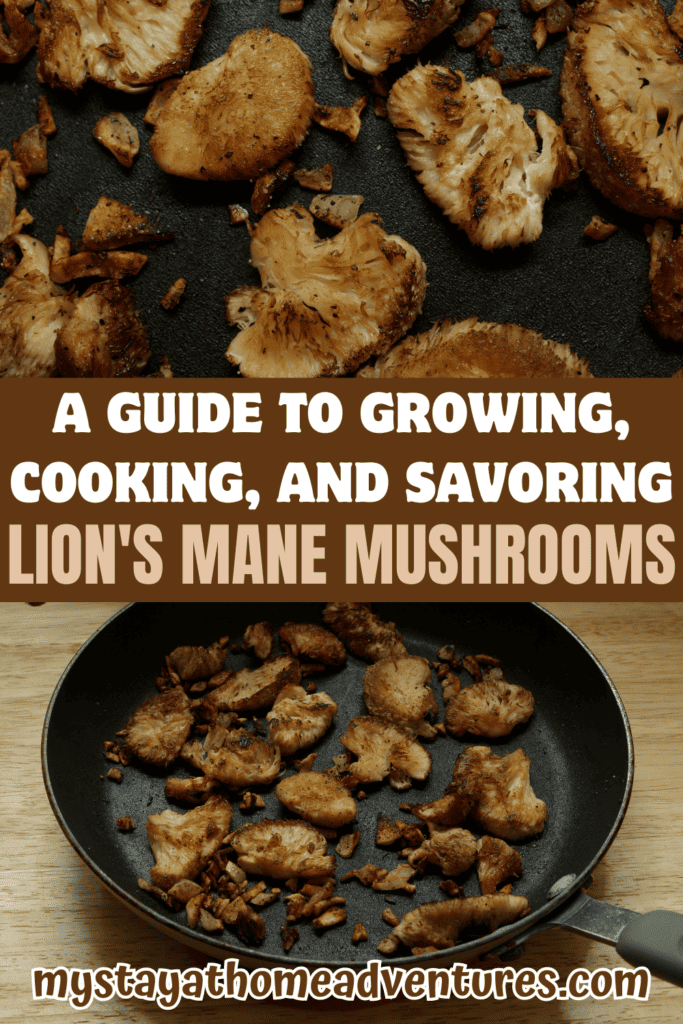
Conclusion:
In conclusion, cultivating and savoring Lion's Mane mushrooms offers a delightful and budget-friendly journey of discovery and enjoyment for frugal moms. From nurturing your own mushroom crop to indulging in affordable recipes, Lion's Mane mushrooms promise a world of culinary possibilities and potential health benefits without breaking the bank.
With the guidance provided in this comprehensive guide tailored for frugal moms, you're equipped to embark on your mushroom-growing adventure and savor the delights of Lion's Mane in all its glory.
For further exploration and guidance on incorporating Lion's Mane mushrooms into your cooking repertoire, visit Mushroom Revival, where you can find a wealth of resources, including step-by-step guides, recipes, and expert insights.

